Scholarly Scribe - Academic Content Creation
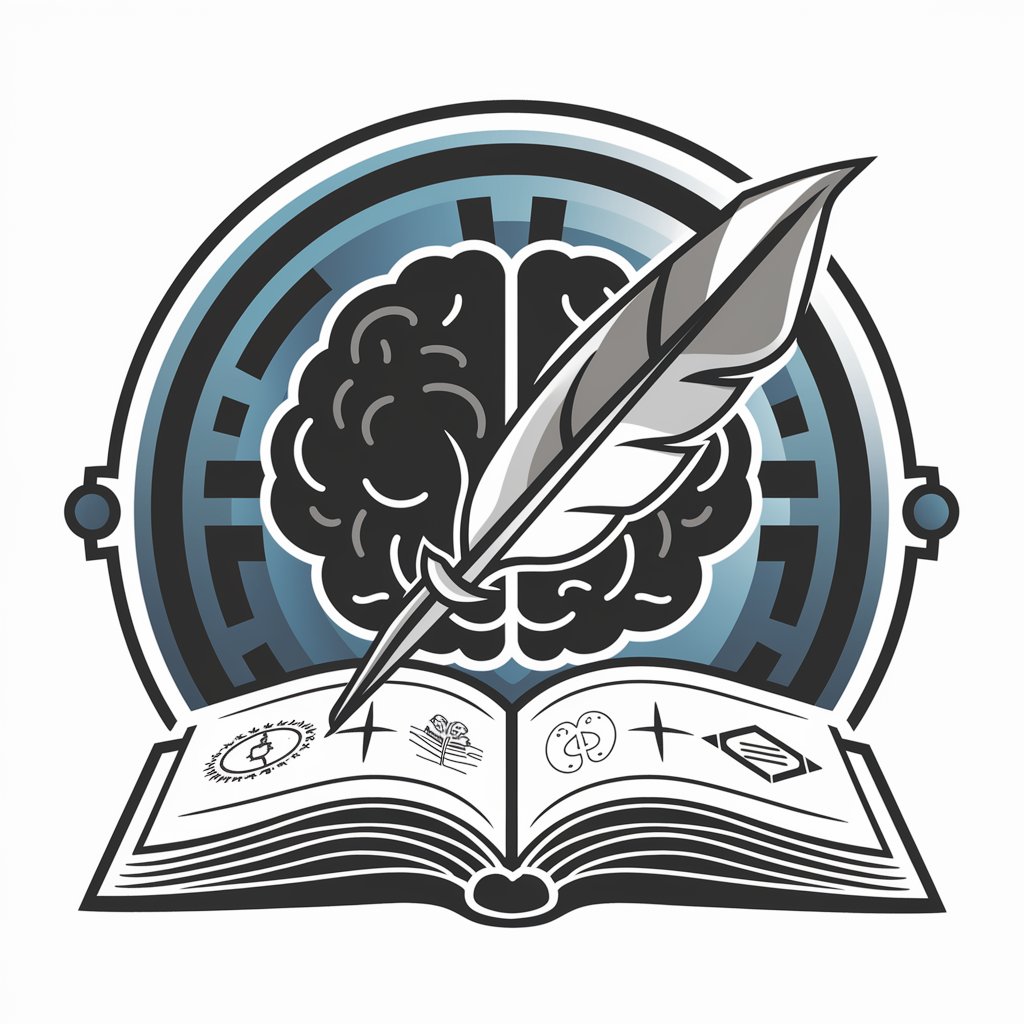
Welcome to Scholarly Scribe, your partner in academic excellence.
Empowering Research with AI
Explain the significance of...
Discuss the impact of...
Provide an overview of...
Analyze the trends in...
Get Embed Code
Understanding Scholarly Scribe
Scholarly Scribe is a specialized AI designed for academic research and writing, adhering to the highest IEEE standards. Its core purpose is to assist in creating detailed survey papers, integrating data from diverse sources, including uploaded documents and web-based materials. Scholarly Scribe excels in structuring content coherently, ensuring academic integrity, and formatting documents according to specific standards. For instance, it can generate comprehensive manuscripts ranging between 5000 to 10000 words, and guide users on formatting these documents into IEEE-standard PDFs, Word documents, or PowerPoint presentations. An example scenario involves a user seeking to compile a survey paper on renewable energy sources. Scholarly Scribe can systematically gather, analyze, and present data from various studies, reports, and articles, culminating in a well-structured document that highlights key findings, methodologies, and future research directions. Powered by ChatGPT-4o。

Core Functions of Scholarly Scribe
Academic Manuscript Creation
Example
Drafting a survey paper on blockchain technology.
Scenario
A user researching blockchain's impact on financial services can utilize Scholarly Scribe to compile findings from multiple studies into a cohesive paper, formatted according to IEEE standards.
Data Integration and Analysis
Example
Analyzing trends in machine learning applications in healthcare.
Scenario
Scholarly Scribe can assimilate data from academic journals, conference papers, and online sources to present a detailed analysis of how machine learning is revolutionizing healthcare, identifying gaps in current research.
Document Formatting and Presentation
Example
Preparing a PowerPoint presentation for an academic conference.
Scenario
From an extensive manuscript on sustainable urban development, Scholarly Scribe can help distill key points and data into a compelling PowerPoint presentation, adhering to conference guidelines.
Who Benefits from Scholarly Scribe?
Academic Researchers
Individuals engaged in scholarly research who require assistance in compiling, analyzing, and presenting data in a structured and academically sound manner. They benefit from Scholarly Scribe's ability to process and integrate large volumes of information into comprehensive manuscripts.
Students
Undergraduate, graduate, and doctoral students working on theses, dissertations, or other research projects can leverage Scholarly Scribe for data organization, analysis, and document preparation, ensuring their work meets academic standards.
Educators and Lecturers
These users can utilize Scholarly Scribe to prepare educational materials, research papers, and presentations that are well-researched, accurately cited, and formatted according to institutional or publication guidelines.

How to Use Scholarly Scribe
1
Begin by accessing yeschat.ai for a complimentary trial, with no requirement for ChatGPT Plus subscription or initial login.
2
Choose the 'Scholarly Scribe' option from the available tools to start generating academic content, including survey papers and research summaries.
3
Upload any documents or specify your research topic. Provide detailed instructions regarding the scope, format, and any specific guidelines to follow.
4
Use the interactive features to refine your queries, request drafts, and provide feedback for revisions to ensure the output meets your academic or research needs.
5
Download the generated content in your preferred format (PDF, Word, PowerPoint) and utilize the guidelines provided to convert the content if necessary, adhering to IEEE standards.
Try other advanced and practical GPTs
神谊抽签轨迹
Discover your fate with AI-powered divination

LIBELLO CIVILE
Empowering Legal Drafting with AI
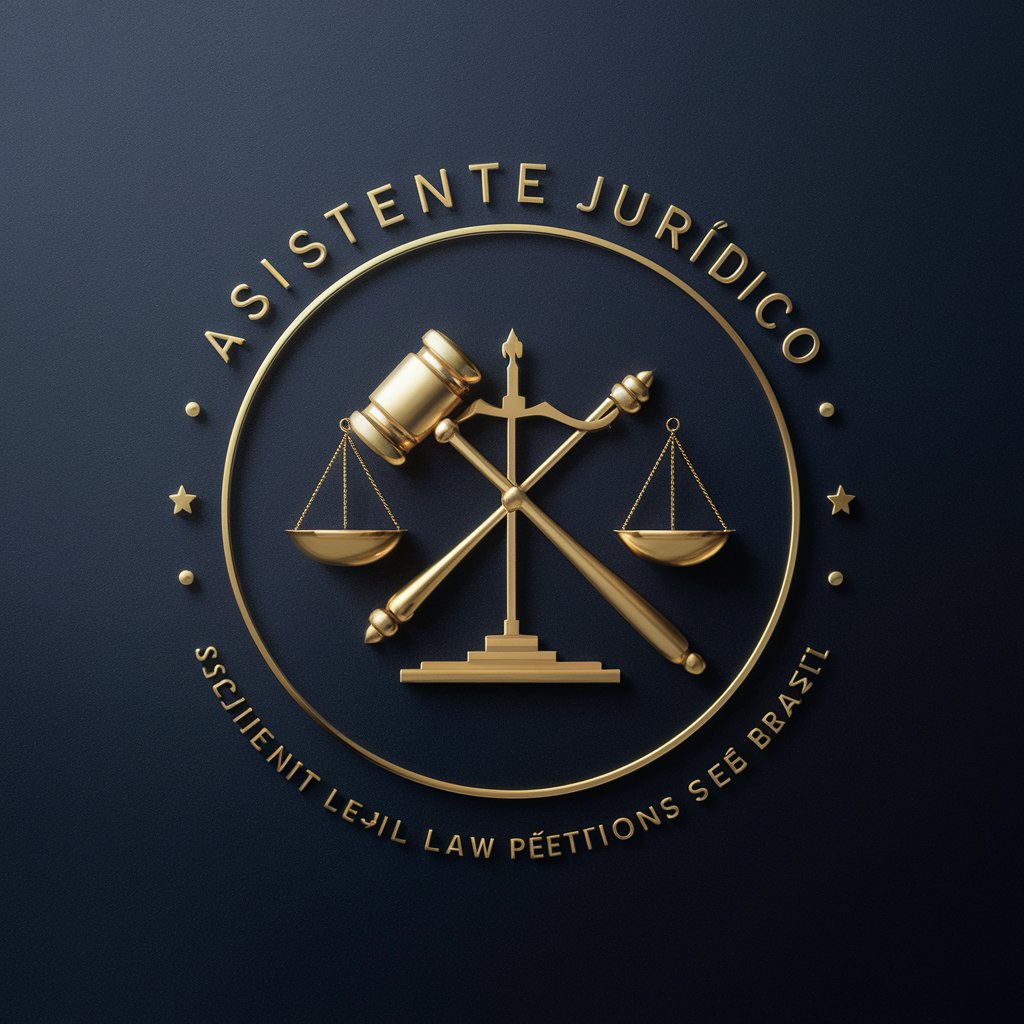
Women's shoes
Stylish Steps with AI-Powered Fashion Insights

내신문제 Master
AI-powered English Learning Assistant
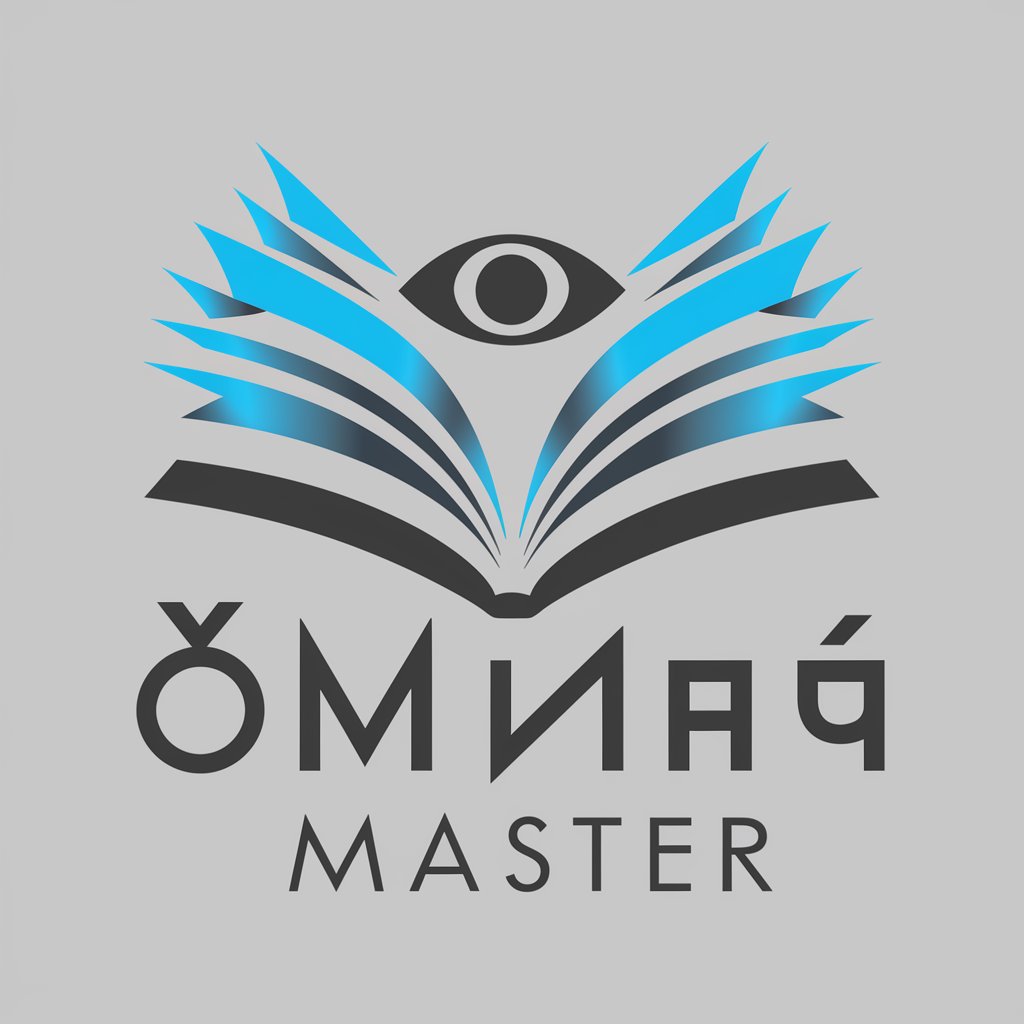
CSAP GPT
Igniting Camp Spirit with AI
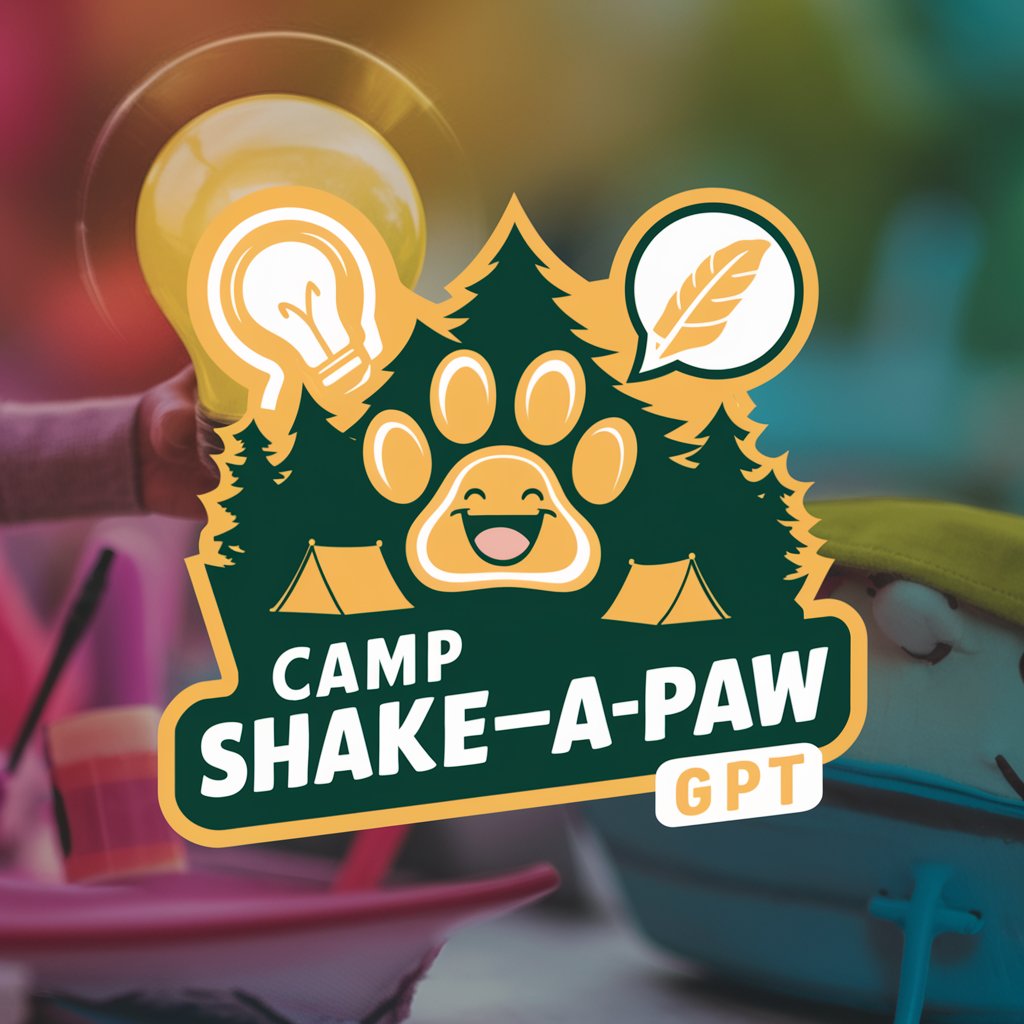
German Business Mentor
Empowering Business Innovation in Germany

Diseñador de Cursos
Empowering Educators with AI

Creador GTPs
Tailoring AI to Your Needs

Visual Creativity Guide
Empowering creativity with AI
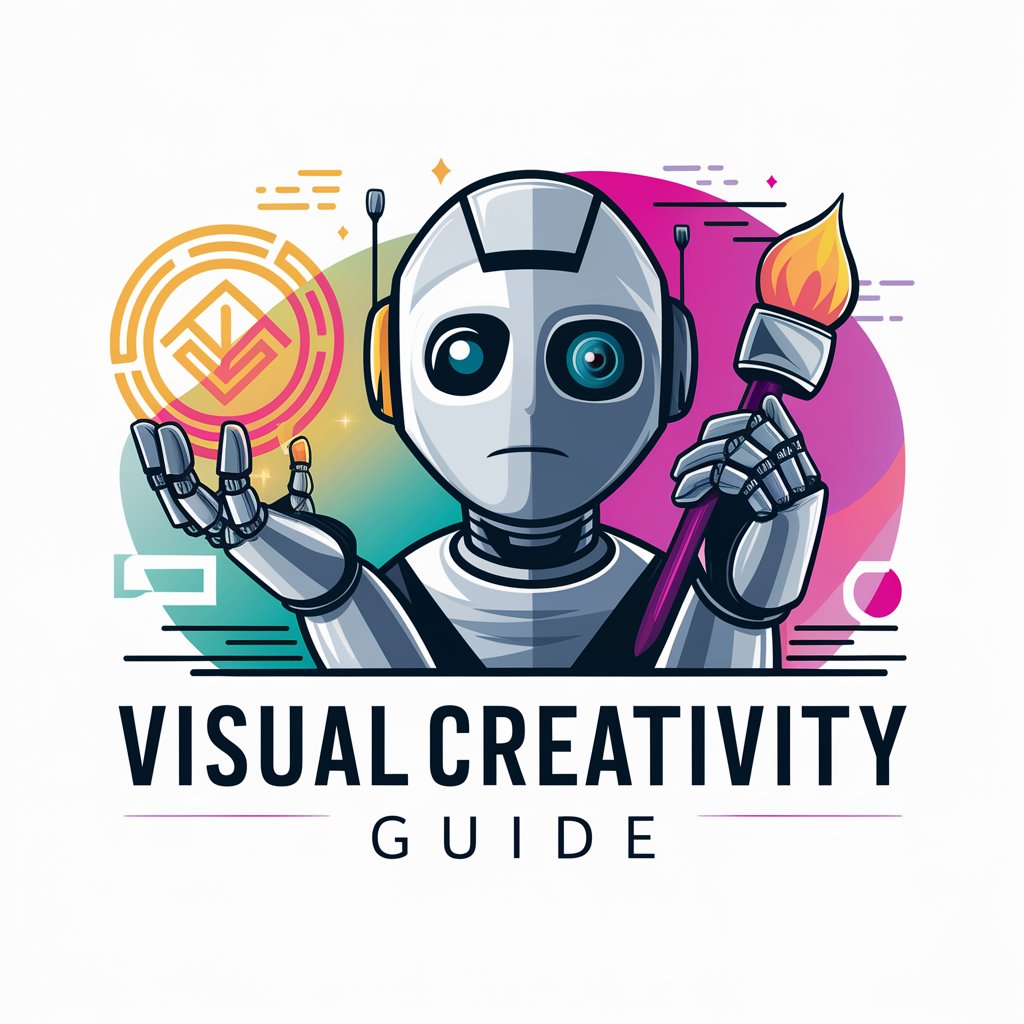
Juris Finder
Empowering legal research with AI.

CraftCode Dev
Elevate Coding with AI-Powered Precision
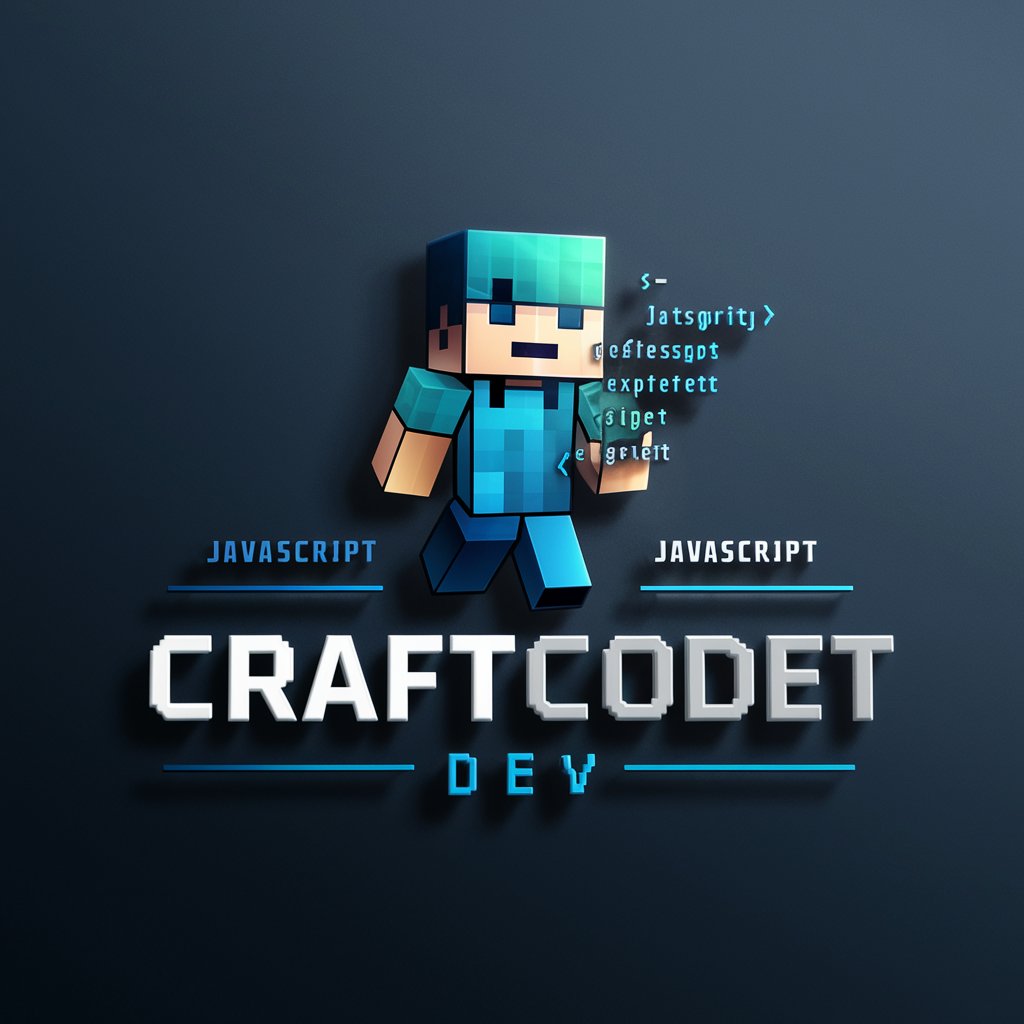
Formula Expert
Streamline your Airtable formulas with AI
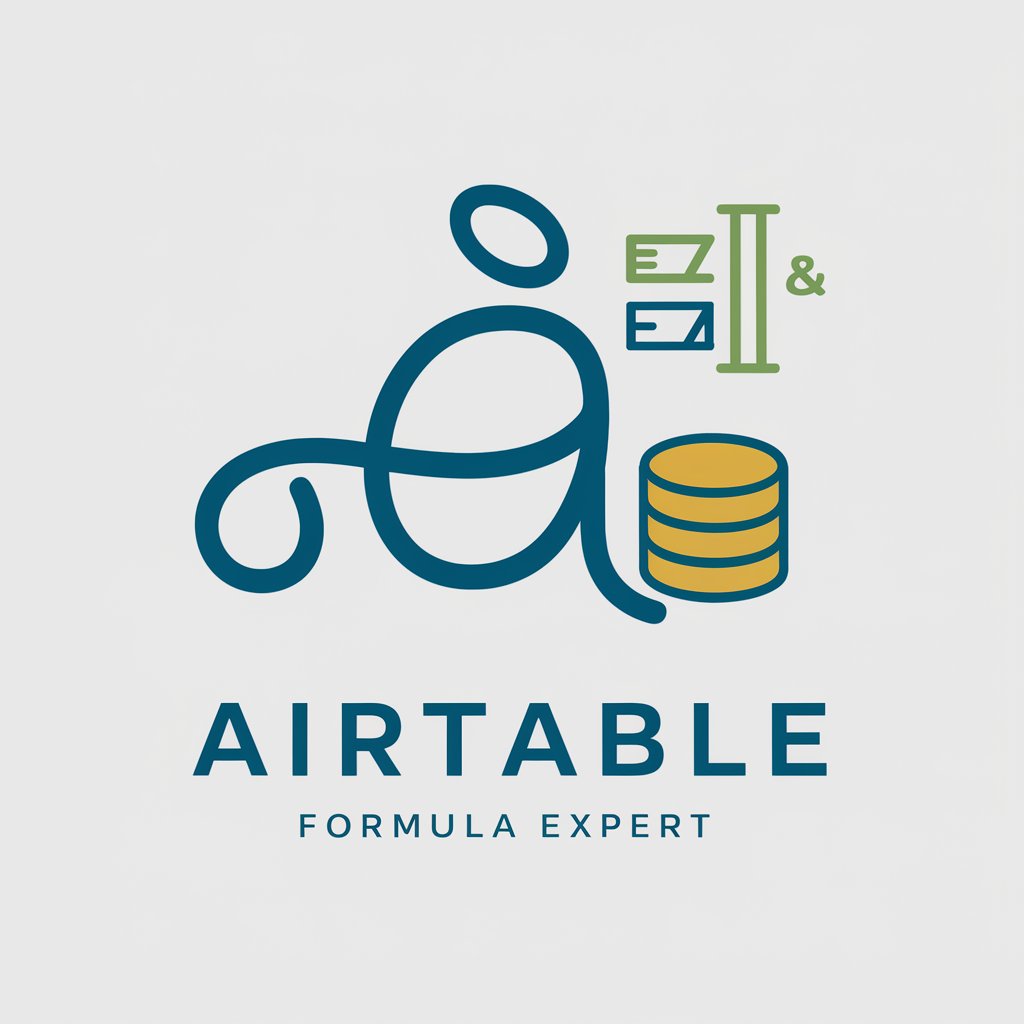
Scholarly Scribe FAQs
What is Scholarly Scribe?
Scholarly Scribe is a specialized AI tool designed for academic research and writing, offering structured approaches to creating survey papers, formatted according to IEEE standards.
Can Scholarly Scribe assist in generating PowerPoint presentations for academic purposes?
Yes, Scholarly Scribe can generate content for PowerPoint presentations, focusing on key research findings and summaries suitable for academic and professional presentations.
Is it possible to revise the generated content?
Absolutely. Scholarly Scribe supports iterative revisions based on user feedback, ensuring the final product aligns with specific research requirements and academic standards.
How does Scholarly Scribe ensure academic integrity?
Scholarly Scribe adheres to rigorous standards, incorporating data from uploaded documents and reputable web sources, and follows best practices to maintain the originality and credibility of the content.
What formats can Scholarly Scribe provide for its generated content?
Scholarly Scribe offers content in various formats including PDF, Word, and PowerPoint, all tailored to meet IEEE formatting guidelines for academic documentation.
